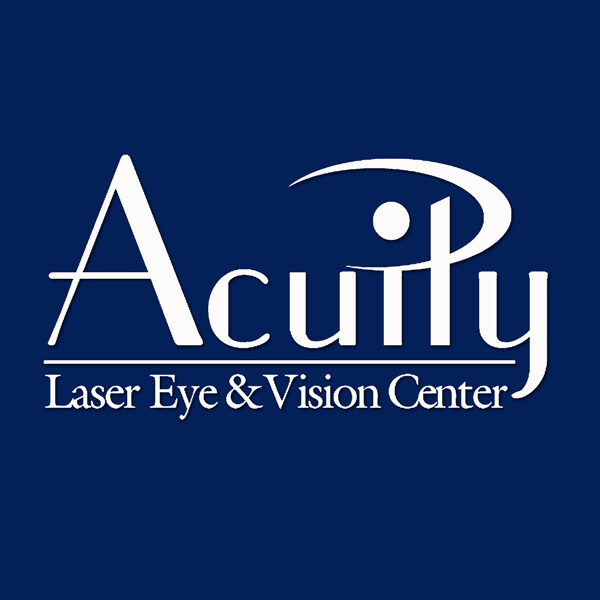By Troy Bedinghaus, OD
 If you are over the age of 40 and considering Lasik eye surgery, ask your doctor about monovision LASIK. While LASIK is great for improving far vision, people with presbyopia must still rely on reading glasses for clear near vision. Monovision LASIK can be used to help older people reduce their need for bifocals or reading glasses.
If you are over the age of 40 and considering Lasik eye surgery, ask your doctor about monovision LASIK. While LASIK is great for improving far vision, people with presbyopia must still rely on reading glasses for clear near vision. Monovision LASIK can be used to help older people reduce their need for bifocals or reading glasses.
What Is Monovision LASIK?
Monovision is a technique used by doctors for correcting presbyopia with contact lenses.
With monovision, one eye is fit to fully correct your distance vision, while the other eye is fit to correct your near vision. While it may sound strange, monovision actually works well. The same approach doctors use to fit monovision contact lenses can be applied to LASIK. With monovision LASIK, your surgeon performs LASIK to make your dominant eye perfect and your non-dominant eye nearsighted. If you are already nearsighted, the surgeon may laser your dominant eye only and leave your non-dominant eye alone, or he or she may laser your non-dominant eye just partially.
Does Monovision LASIK Work for Everyone?
Monovision LASIK works well in people who have already worn monovision contact lenses for several years. Your doctor will decide if monovision LASIK is right for you based on your prescription. Just as monovision contact lenses take awhile to adapt to, so does monovision LASIK. There is usually a period of adaptation of 1-3 weeks that most patients go through.
Are You Ready for Monovision LASIK?
If you think monovision LASIK may be right for you, your doctor may want you to try monovision contact lenses first for 6-12 months to make sure you will able to adapt to this type of vision correction. While some people adapt quickly to the effects of monovision, others find that both eyes may not work together as well as they did before.
What is Mini-monovision LASIK
If you are a little leery of the procedure, and do not mind wearing some type of reading glasses after your LASIK procedure, you may be interested in “mini-monovision LASIK.” Mini-monovision is the lay term for a mild amount of near correction with LASIK. Your vision is not expected to be perfect with mini-monovision but it does afford you a little wiggle room to get along while shopping and other activities so you will not have to wear reading glasses all the time. You may only need reading glasses when you sit down to perform intense reading or other close-up work.
Should I do Monovision LASIK if I am younger than 40?
Having a monovision procedure, whether it is with laser vision correction or contact lenses, does not work well in younger people, but it depends on the age. For example, if you are 25 years of age, monovision LASIK is not recommended because it may be 20 years before you experience near vision problems.

Plus, people adapt to monovision only because once you reach the age when you develop presbyopia, usually sometime over 40, there is mental motivation to adapt to it because it delivers greatly improved near vision. When you can read better, your brain adapts quickly. When younger, you still have reserve near focusing power so there really is not any benefit and therefore, no motivation for your brain to accept monovision. Mini-monovision is considered and is often discussed with patients when they are close to the age of 40. Mini-Monovision may be a very good way of delaying the need to reach for reading glasses when completing near tasks.
What You Should Know About Monovision LASIK
While monovision LASIK is not a perfect fix for everyone, it is a great alternative for people who wish to lessen their dependence on other vision-correction devices. Monovision LASIK is a viable option for many people who hope to achieve clear vision at both distance and near.


Comments are closed